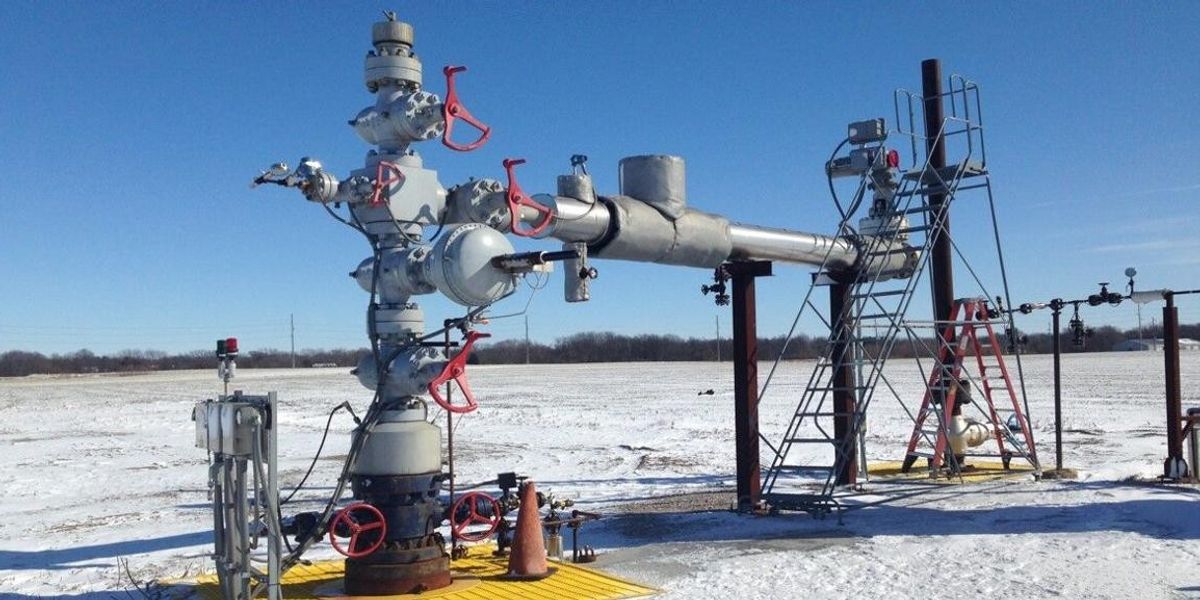It never even occurred to me that carbon capture might be storing a giant tank of gaseous carbon dioxide. I assumed that it meant chemically reacting the carbon into some kind of solid material which was then discarded as waste, because trying to store huge chambers full of gaseous CO2 at a scale that can impact climate change is clinically insane.
Also if there is a big leak everything around is just dead
There are methods to solid capture, similar to what happens over millennia naturally. It takes a lot of energy and more importantly, water flow, and like everything else can’t possibly scale up to get enough of a percentage in the air and oceans to make a difference. It also probably has its own waste, as it’s a complex chemical process and not just one simple reaction.
The argument was that before we drilled holes into them, those stone formations had held similarly sized pockets of natural gas for eons, so just refilling them with CO2 would be fine. It sounds not completely stupid on first thought.
On second thought it sounds completely stupid tho.
Welp, that was bound to happen eventually.
Too bad the solid version of this isn’t as easy to implement. Burying algae using open growth pools are probably the best migration method I’ve heard of so far. Brilliant Planet seems to have an effective process.


